Apple's 2020 iPhone SE delivers premium-tier features at a low price, posing a serious threat to rival devices like the Pixel 3a and Galaxy A51. Here's how the three stack up.
All three devices retail in the $300 to $500 price range, and they all come with most of the features you'd expect in the tier. But to figure out whether the iPhone SE actually wins out in a side-by-side comparison, let's take a closer look at the specifications and features of the three devices.
Apple iPhone SE, Google Pixel 3a, Samsung Galaxy A51
It's hard to compare specifications straight-across, from the iPhone to an Android device. Apple's RAM management differs, and clock speeds of processors aren't one-to-one comparisons.
| iPhone SE (2020) | Google Pixel 3a | Galaxy S20 A51 | |
|---|---|---|---|
| Price | $399 | $399 | $500 |
| Dimensions (inches) | 5.45 x 2.65 x 0.29 | 6.0 x 2.8 x 0.3 | 6.24 x 2.90 x 0.31 |
| Weight (ounces) | 5.22 | 5.19 | 6.07 |
| Processor | A13 Bionic | Qualcomm Snapdragon 670 | Samsung Exynos 9611 |
| RAM | 3GB | 4GB | 6GB |
| Storage | 64GB, 128GB, 256GB | 128GB up to 512GB via microSD | |
| Display type | 4.7-inch Retina HD | 5.6-inch gOLED | 6.5-inch AMOLED |
| Resolution | 1,334 x 750 at 326 ppi | 2,220 x 1,080 at 441 ppi | 2,400 x 1,080 at 405ppi |
| Rear Cameras | 12-megapixel wide angle | 12.2-megapixel wide angle | 48-megapixel standard 12-megapixel wide-angle 5-megapixel macro 5-megapixel depth-sensing |
| Front Cameras | 7-megapixel | 8-megapixel | 32-megapixel |
| Biometrics | Home button Touch ID | Rear-mounted fingerprint sensor | Display-embedded fingerprint sensor |
| Ports | Lightning No headphone jack | USB-C Headphone jack | USB-C Headphone jack |
| Connectivity | 4G LTE Wi-Fi 6 | 4G LTE Wi-Fi 802.11ac | 4G LTE Wi-Fi 802.11ac |
| Battery Size | Not disclosed, up to 13 hours of video playback | 3,000mAh | 4,000mAh |
| Special features | DualSIM, Qi wireless charging | Google Maps AR, timelapse videos | Available in 5G |
| Colors | Black, White, Red | Black, White, Purple | Prism Crush Black, Prism Crush White, Prism Crush Blue |
Design and display
The iPhone SE and the Google Pixel 3a are similarly stacked in terms of their physical design. Both feature fairly prominent bezels and fingerprint sensors. Google has mounted its sensor on the rear, while the iPhone SE's fingerprint sensor is still embedded in the Home button.
Both Android devices in this comparison are noticeably bigger than the 4.7-inch iPhone, with better screen-to-body ratios. Apple's iPhone SE is going to feel smaller in the hand, which could bode well for fans of smaller devices, but it isn't going to offer the "all-screen" design of modern flagships.
While the Galaxy A51 does feature an impressive 6.5-inch display size due to its edge-to-edge design and hole-punch camera, the iPhone is the only device that has a metal — rather than plastic — chassis and a glass back.
When it comes to display performance, the iPhone SE looks noticeably subpar on paper. It's the only device with an LCD display, and has the lowest pixel density and resolution of the three. But keep in mind that Apple LCD displays have always been top-notch. Lower-resolution displays also tend to relate to better battery life, and after a certain point, it's hard for the human eye to differentiate between pixel densities.
Performance
Performance is likely to be the one area in which the iPhone SE reigns supreme compared to devices in a similar price range, even though it might have less RAM on paper. With an expected 3GB of RAM and Apple's A13 Bionic, the iPhone SE is undoubtedly the fastest smartphone in this shootout. We don't have benchmark specifications for the iPhone SE specifically, but test results for Apple's A13 Bionic chip are already available.
In Geekbench 4 testing, the A13 Bionic clocked in with a single-core score of 5,432 and a multi-core score of 13,554. That is, to this day, the highest mobile processor score. Even if you dial that back a bit, like the original iPhone SE did versus the iPhone 6s, it isn't even remotely close.
Samsung's octa-core Exynos 9611 received a single-core score of 1,690 and a multi-core score of 5,544 in the same test. Qualcomm's Snapdragon 670, seen in the Pixel 3a, achieved similar results with single- and multi-core scores of 1,863 and 5,256 respectively.
Apple's iPhone SE offers a premium level of performance for under $400, something that virtually all Android devices will struggle to compete with. To keep up with Apple's A-series chips, Android makers typically need to pack in more RAM and the latest processors. For devices in this relatively low price range, that isn't always possible.
Cameras
The Samsung Galaxy A71 has a quad-lens camera setup, which makes it seem like it would run circles around the competition in terms of photography. But Google's Pixels have always done more with fewer cameras. It appears that Apple is taking a similar approach with the iPhone SE, which comes equipped with iPhone 11 Pro-style computational photography features to make up for its admittedly boring camera specifications.
On Apple's spec sheet, the company says that the iPhone SE will feature Portrait Mode and next-generation Smart HDR. While Portrait Mode has appeared on single-lens iPhones, next-gen Smart HDR is restricted to the iPhone 11 lineup.
Keep in mind that the iPhone SE has a similar camera setup to the iPhone XR, which achieved a higher DxOMark score than Samsung's Galaxy A71 — a device in the same lineup as the Galaxy A51 but a tier higher.
While DxOMark reviews for the iPhone SE and Galaxy A51 are still pending, we can infer that the Galaxy A51 is going to receive a similar score to its Galaxy A71 stablemate. And, the higher-tier Galaxy A71 actually scored lower than the previous-generation Galaxy A9 from 2019.
When the iPhone SE gets into the hands of consumers, they'll find a much better photography experience than expected.
Other considerations
In some areas, the iPhone SE's closest Android counterparts have advantages. But despite its affordable price tag, Apple's entry-level offering has premium features that you won't be able to find on Galaxy and Pixel devices of the same price range.
For example, the iPhone SE is the only device of the three to actually have an actual IP water- and dust-resistance rating. It has an IP67 rating, which means it can withstand up to a meter of water for 30 minutes. It's also the only device to feature Qi-based wireless charging.
As was alluded to earlier, it features premium materials like aluminum and glass, instead of the polycarbonate plastic frames of both the Galaxy A51 and Pixel 3a.
The iPhone SE also runs on iOS, which Apple maintains tight control of. Compared to Android, iOS tends to be better-optimized and it definitely receives software updates much more frequently and for longer than its rival operating systems.
Google Pixel 4a rumors
Stacking the iPhone SE against the Google's "Pixel 4a" may be a fairer comparison, since the Pixel 3a is running slightly older hardware. But taking the latest Google Pixel 3a rumors into considerations, the iPhone SE is still setting a high bar.
Even equipped with an updated Snapdragon 730 processor, per Android Authority, there's no doubt that the iPhone SE's A13 Bionic will still run laps around the rumored Pixel as far as performance.
Again, the iPhone SE also has Wi-Fi 6 and an IP67 rating — two features Google is expected to leave off the upcoming smartphone. Apple's entry-level device also has a suite of camera upgrades that, for the first time, could put the budget-friendly iPhone lineup neck-in-neck with Google's upcoming pixel.
In other words, the iPhone SE may be the budget handset to beat this year, at least based on some of its exclusive features. It's not clear, at this point, whether the "Pixel 4a" is going to bring enough to the table to do that.
Our conclusions
The original iPhone SE turned out to be a surprise sleeper hit in the smartphone industry, thanks in no small part to its small footprint, feature richness and low price. Apple's new iPhone SE is likely to see a similar reception, particularly in the midst of a pandemic-spawned recession.
It features the right mix of premium features for under $400, a price that will open up Apple's newest hardware to a wider segment of the market. It isn't last generation's hardware and software, either. It represents some of the best Apple currently has to offer, with minor tradeoffs to bring the price down.
So while this year will turn out to be a major one for Apple's premium "iPhone 12" flagships, it's likely that the humble iPhone SE will be one of the most important devices that the company releases in 2020 — and a dangerous competitor to most Android handsets in this price range.
 Mike Peterson
Mike Peterson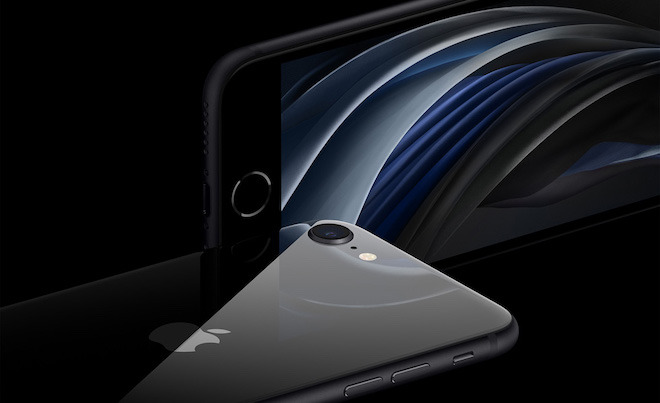
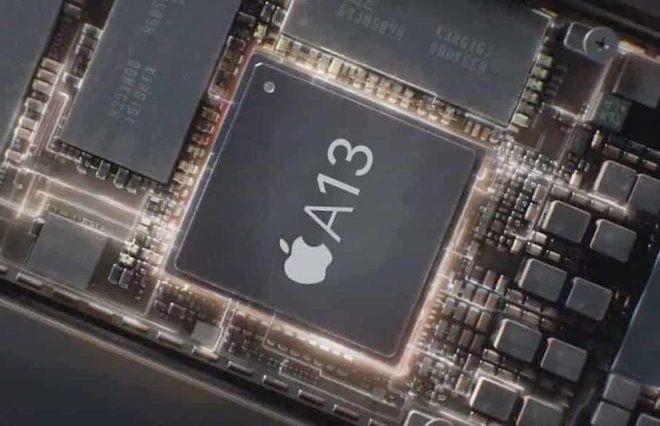
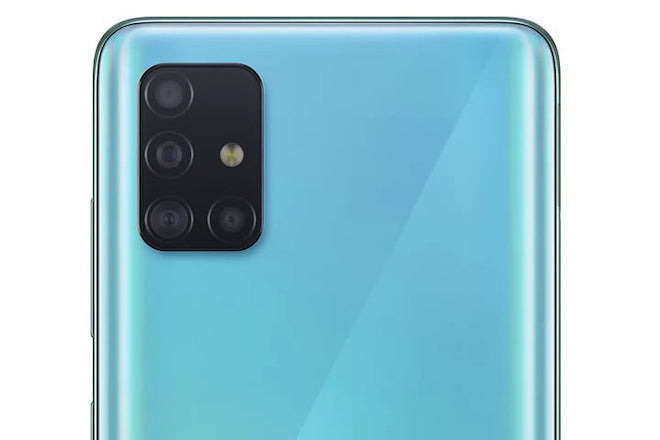
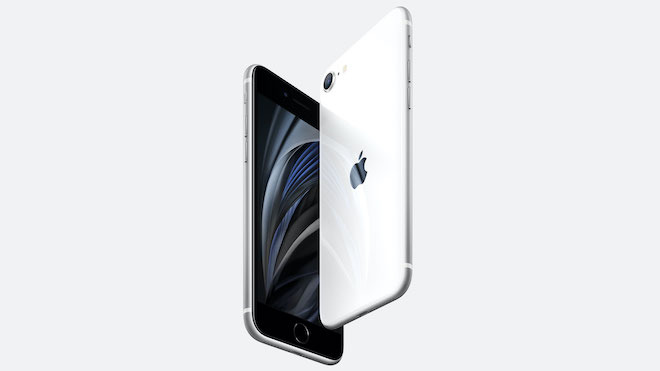

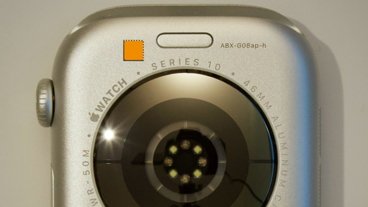


-xl-m.jpg)


-m.jpg)





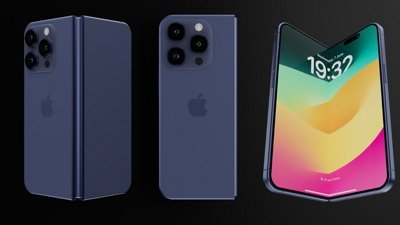
 Amber Neely
Amber Neely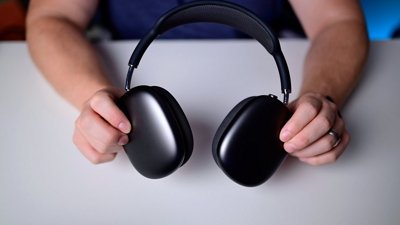
 Andrew Orr
Andrew Orr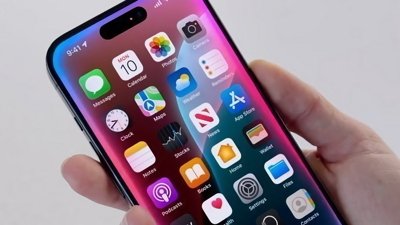
 William Gallagher
William Gallagher


 Christine McKee
Christine McKee
 Chip Loder
Chip Loder
 Thomas Sibilly
Thomas Sibilly
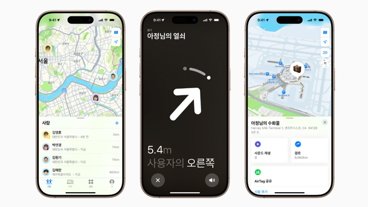






16 Comments
iPhone SE: A real iPhone priced really cheap. Supported for 5 years minimum. Fully supports authentic Apple devices such as Apple Watch and Airpods. Security and privacy. Authentic App Store.
Pixel: A cheap knockoff iPhone from a spy company. Created by the company who provided the first knockoff iPhone software complete with Apple gesture control. Created to data mine users.
Samsung: A cheap knockoff iPhone with bloatware, intentional lack of security updates and support abandoned in 2 years. Runs Google's knockoff iPhone software.
I wonder why no mid-range phone (SE is now a good exception) has wireless charging. I found the feature surprisingly convenient and it’s a big argument for me now.
Basically the same question I asked in another thread.
Its says in the article: "Keep in mind that the iPhone SE has a similar camera setup to the iPhone XR,..
Is there any reliable evidence to back this up? There have been lots of rumours in the last few days that SE's camera hardware would be the same as XR, but, as far as I know, Apple hasn't confirmed it.
iPhone 8, X, XR and the new SE obviously have the same lens and their sensors have the same resolution. However, iPhone 8 and X have a 1/3
A larger sensor means a thicker unit if the lens is the same. 8 and SE are the thinnest of the bunch and their camera bumps looks the same. Something doesn't fit right here. An obvious guess would be: could SE's camera hardware be from 8 and not from XR?
I do agree with Loirot a lot is still uncertain. We have to wait for real benchmarks to see if the CPU and GPU perform similar to the other A13 devices. Also the battery capacity means similar time as the iPhone 8 before the new SE is in need of some extra fuel. To my opinion working daily on an iPhone 8 that is a miss. I did like my old SE battery lifetime and a bit of an update would have been nice though Apple.
Apple did safe money here to fit in a similar capacity battery as the iPhone 8. This iPhone SE will sell well though because the 7&8 will be obsolete soon.
If I am Android user, I’ll be tempted to switch right now more then any other time!